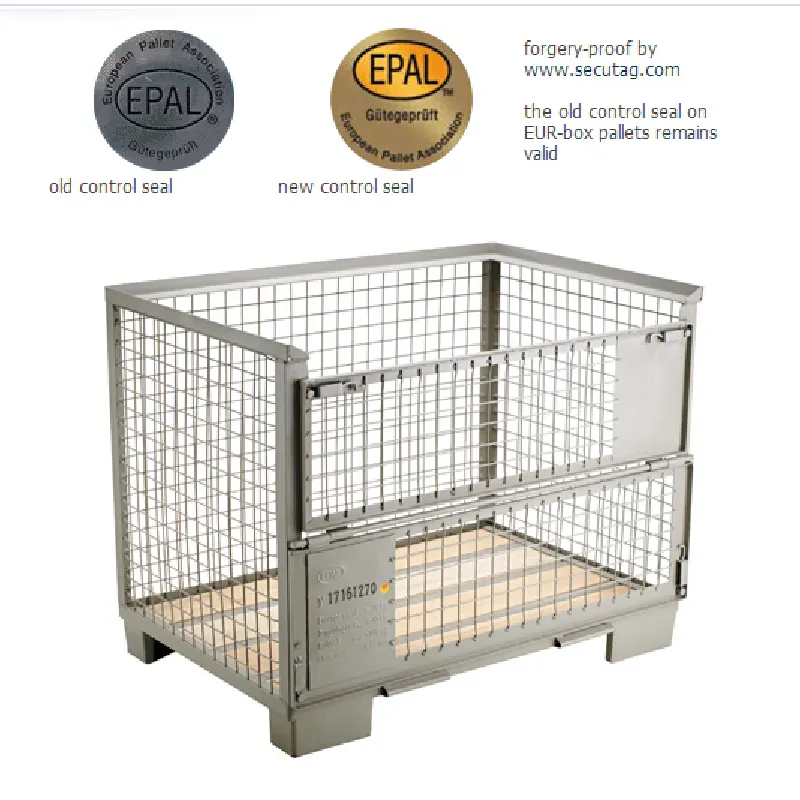industrial grating
Understanding Industrial Grating Types, Applications, and Benefits
Industrial grating is a crucial component across various sectors, offering a sturdy and reliable solution for walkways, drainage, and ventilation systems. This effective material has become increasingly popular due to its durability, versatility, and safety benefits in industrial environments. Understanding the different types of industrial grating and their applications is essential for industries looking to enhance efficiency, safety, and functionality.
Types of Industrial Grating
1. Bar Grating Bar grating is the most common type of industrial grating. It is constructed from a series of parallel bars and is widely used for flooring and walkways. The spacing between the bars can vary based on load requirements and safety considerations. Bar grating is typically made from steel, aluminum, or fiberglass, with steel variations being favored for their strength and load-bearing capabilities.
2. Safety Grating Safety grating, often referred to as non-slip grating, is designed to prevent slips and falls in wet or oily environments. This type of grating is engineered with special features, such as serrated surfaces or textured patterns, to enhance grip. This makes it ideal for areas like factories, chemical plants, and processing facilities, where worker safety is a top priority.
3. Fiberglass Reinforced Grating (FRP) FRP grating is an excellent alternative to traditional metal grating, particularly in corrosive environments. Made from fiberglass, this type of grating is lightweight, non-corrosive, and resistant to a wide range of chemicals. It is commonly used in wastewater treatment plants, food processing facilities, and marine applications where durability against harsh conditions is paramount.
4. Dome Grating Dome grating features a unique shape that allows for better drainage and prevents debris build-up. This type of grating is often utilized in areas prone to flooding or heavy rainfall, ensuring that water and other liquids are effectively channeled away. Its design helps maintain a clean and safe flooring surface.
Applications of Industrial Grating
Industrial grating has a myriad of applications across various industries. Some notable applications include
- Walkways and Platforms Gratings provide safe pedestrian walkways in industrial settings, offering adequate support without obstructing light or air flow. Their open design ensures that debris does not accumulate, maintaining safety and foot traction.
- Drainage Systems Grating is often used in drainage trenches to facilitate the efficient removal of water and other liquids. This is particularly important in areas where standing water can pose a serious hazard.
industrial grating

- Flooring Solutions Many facilities utilize grating as flooring, especially in areas where heavy equipment operates. Bar grating can withstand substantial loads and is designed to resist deformation over time.
- Ventilation Industrial grating aids in airflow management in ventilation systems
. It allows for unrestricted air passage while supporting heavy machinery, creating an optimal working environment.Benefits of Industrial Grating
The advantages of industrial grating are numerous
- Durability With materials designed to withstand significant weight and external factors, industrial grating offers longevity, reducing the need for frequent replacements.
- Cost-Effective While the initial investment might vary, the long lifespan and low maintenance requirements of grating make it a cost-effective choice in the long run.
- Customizability Grating can be customized to fit specific sizes and load requirements, making it suitable for diverse applications and environments.
- Safety Compliance Many types of industrial grating adhere to strict safety standards, ensuring they provide a secure working environment while minimizing the risk of workplace accidents.
Conclusion
Industrial grating plays a vital role in various industrial applications, enhancing safety, durability, and functionality. By understanding the different types of grating and their respective benefits, industries can make informed decisions that contribute to efficient operations and worker safety. Whether for walkways, drainage, or ventilation systems, incorporating the right type of industrial grating is an investment that pays dividends in the long run.
-
The Smarter Choice for Pedestrian AreasNewsJun.30,2025
-
The Gold Standard in Round Drain CoversNewsJun.30,2025
-
The Gold Standard in Manhole Cover SystemsNewsJun.30,2025
-
Superior Drainage Solutions with Premium Gully GratesNewsJun.30,2025
-
Superior Drainage Solutions for Global InfrastructureNewsJun.30,2025
-
Square Manhole Solutions for Modern InfrastructureNewsJun.30,2025
-
Premium Manhole Covers for Modern InfrastructureNewsJun.30,2025
